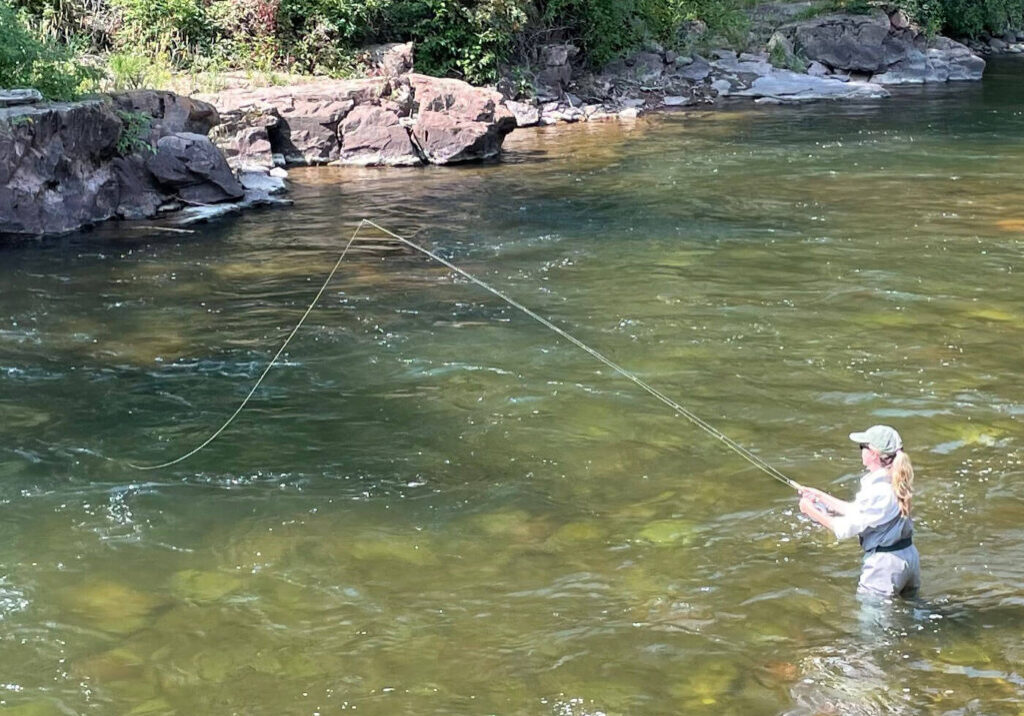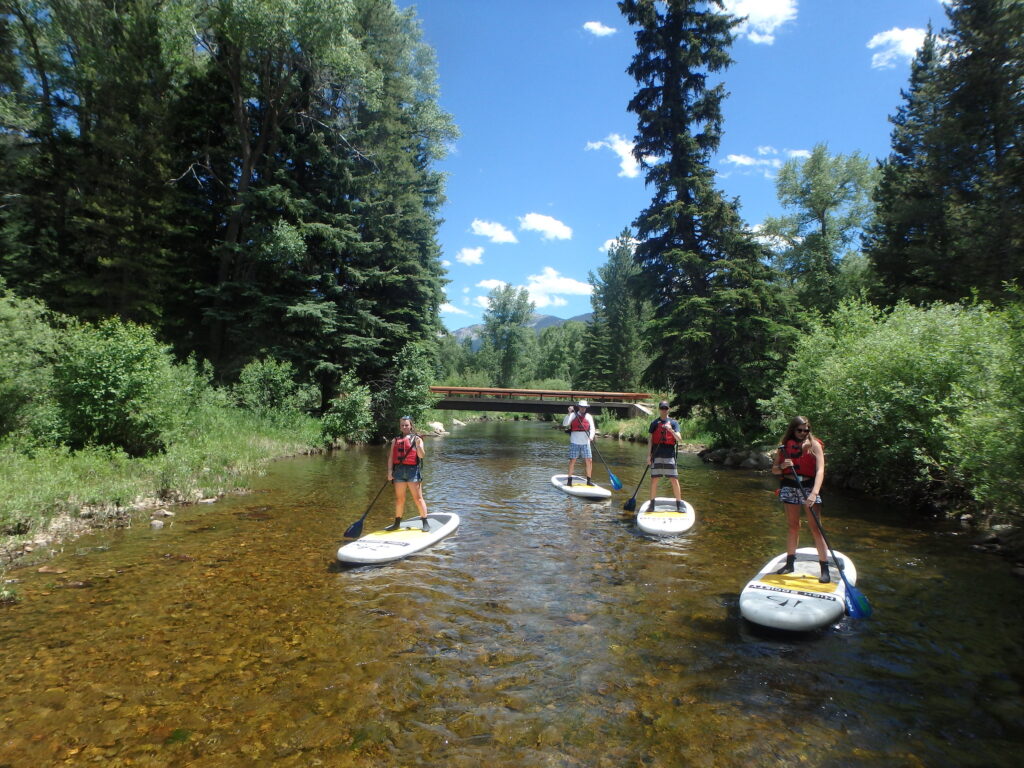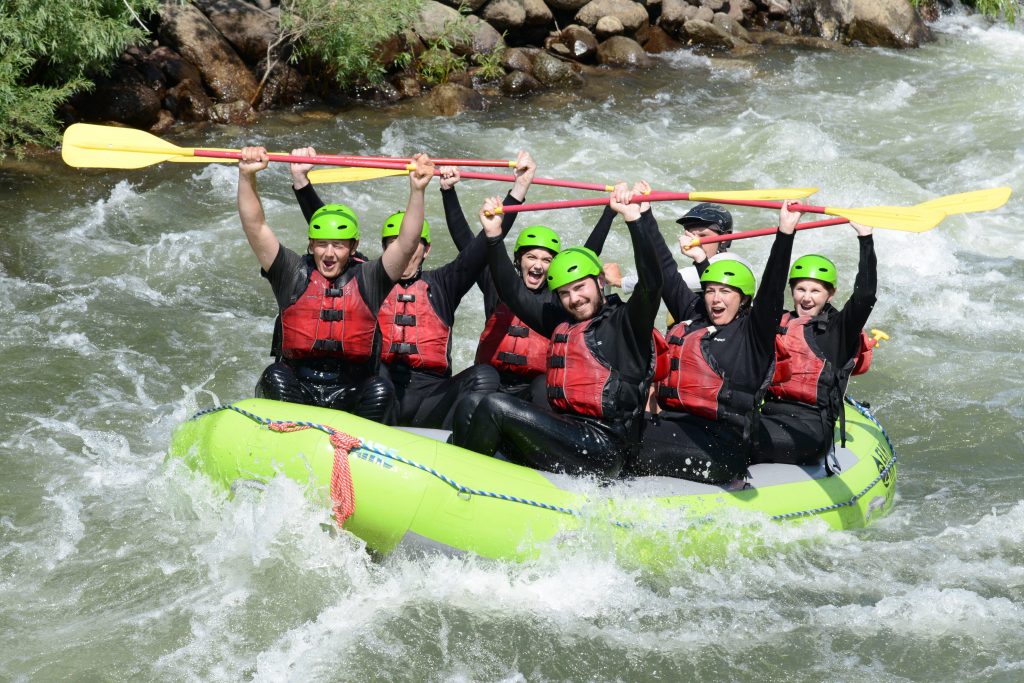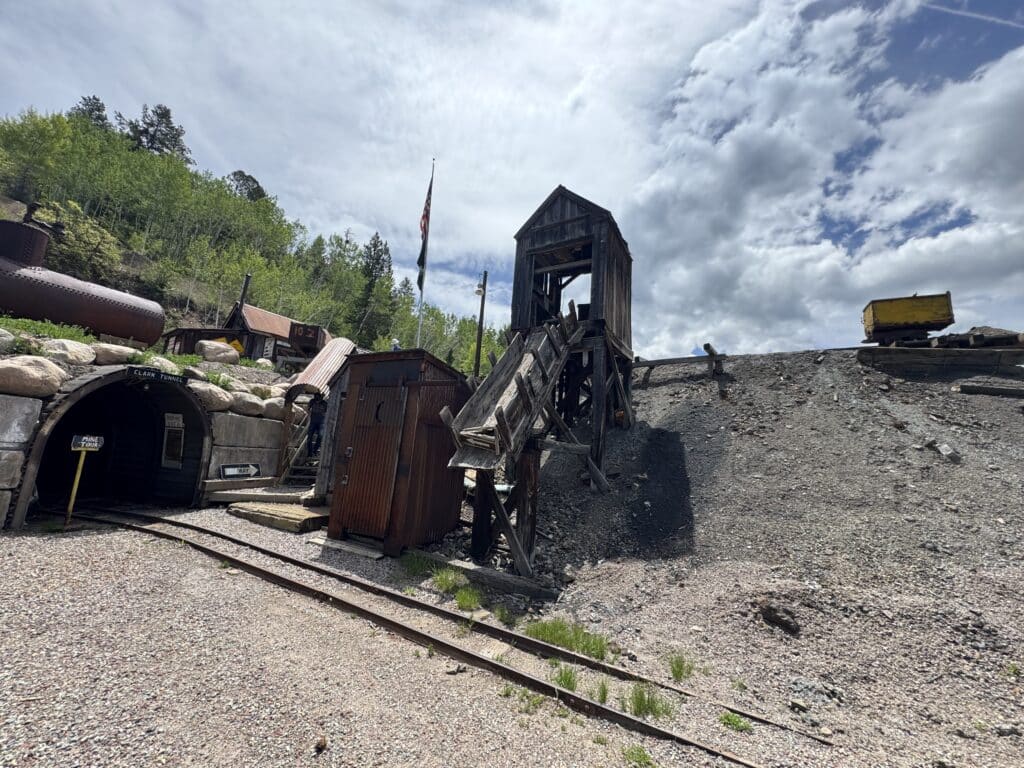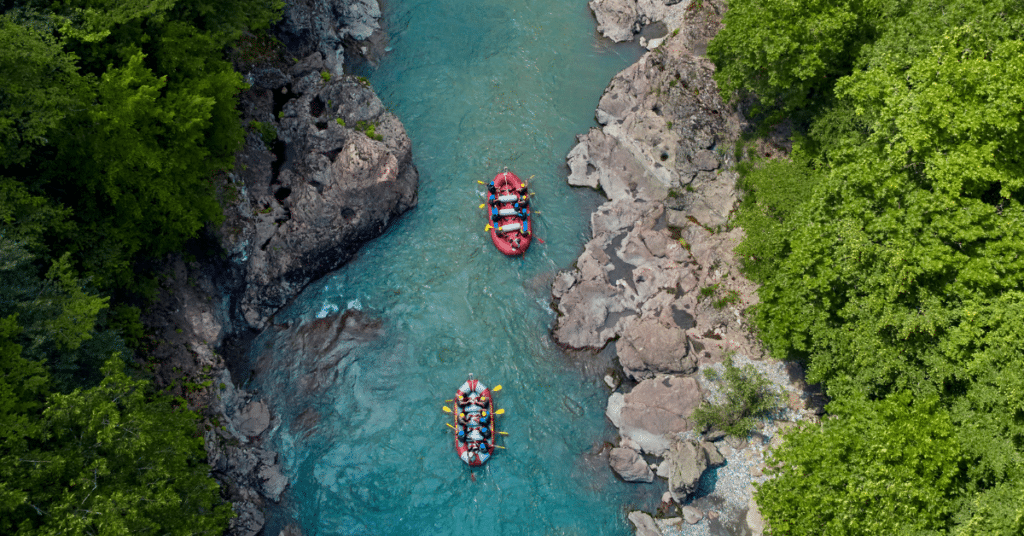Catch and Release: Sustainable Fishing Practices in Aspen, CO
Aspen’s clear, high-alpine rivers are home to healthy trout populations, and preserving them starts with one practice that every angler should adopt: catch and release.
At Elk Mountain Aspen, our guided fly fishing trips uphold sustainable practices to ensure future generations can fish these waters. Here’s why catch-and-release matters, and how to do it properly.
Why Catch and Release Matters in Colorado
Catch-and-release fishing isn’t just ethical, it’s essential for healthy ecosystems. In Colorado, it helps:
- Maintain quality fisheries by allowing trout to grow, reproduce, and bolster population numbers.
- Prevent overfishing in sensitive alpine systems and preserve the balance of local streams and river ecosystems.
- Uphold regulatory frameworks like fly-only zones and no-harvest areas, many Aspen-area waters strictly enforce these conservation-driven rules.
Catch-and-Release Best Practices for Anglers
To give trout their best chance at survival, adopt these expert NOAA Fisheries recommended techniques:
1. Use the Right Gear
- Barbless or pinched-barb hooks make hook removal quicker and gentler.
- Rubberized or knotless nets protect fish scales and slime coats during capture.
2. Handle Fish with Care
- Keep the fish in the water as much as possible to minimize air exposure.
- Always wet your hands, nets, and any tools to preserve the fish’s protective slime layer.
- Avoid touching sensitive areas like the gills or eyes.
3. Remove Hooks Quickly and Safely
- Use long-nose pliers or dehookers to carefully remove or cut the hook if it’s lodged deeply.
- If removal is too invasive, cut the line as close to the hook as possible and let the fish swim away.
4. Revive Before Release
- Let the fish recover by holding it upright in gentle current until it swims away strongly.
5. Be Mindful of Conditions
- Fish during cooler parts of the day to reduce stress from higher water temperatures.
- Respect seasonal closures and special regulations for spawning or protected sections.
The Legacy of Catch and Release
Catch-and-release has deep roots in fly fishing tradition. Conservation icons like Lee Wulff popularized the philosophy with the ethos that “game fish are too valuable to be caught only once.”
This practice is central to fly fishing ethics today. It’s not just a technique, but a commitment to stewardship of our rivers.
How Elk Mountain Aspen Supports Sustainable Fishing
On every guided fly fishing trip, our guides:
- Equip you with barbless hooks and safe nets
- Explain local regulations and conservation etiquette
- Model catch-and-release techniques end-to-end
- Share Aspen’s ecological context and ensure you leave a lighter footprint
Final Cast: Conservation Starts with Each Catch
Fishing Aspen’s rivers is a privilege, and catch-and-release ensures those memories don’t come at the cost of the ecosystem. With simple practices and guided expertise, we can all contribute to thriving trout populations and sustainable fishing.
Ready to fish responsibly?
👉 Explore our guided fly fishing trips
FAQs
Why use barbless hooks?
They reduce injury and handling time, improving fish survival.
How long can a fish be out of water?
Keep air exposure under 10 seconds whenever possible.
Should I wash my hands before touching the fish?
Yes—wet hands help protect the fish’s slime coat and reduce infection risk.
Any season or river closures I should know about?
Yes—Aspen rivers and streams can have seasonal closures and fly-only rules. Your guide will inform you each trip.
How does catch and release benefit fisheries?
It allows fish to reproduce and keeps populations healthy—preserving the resource for everyone.


